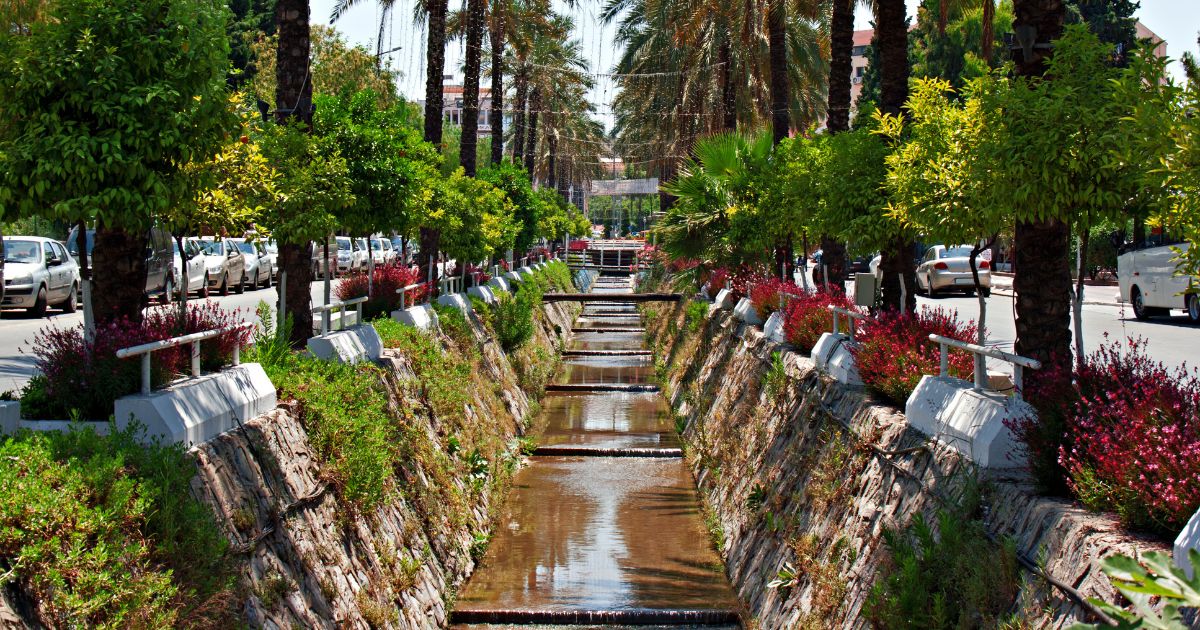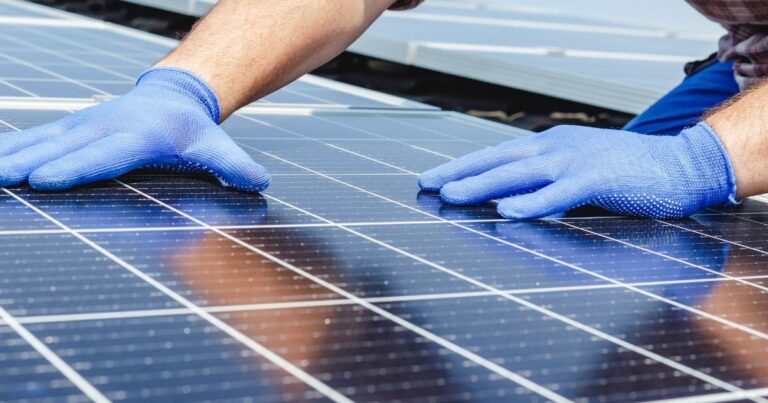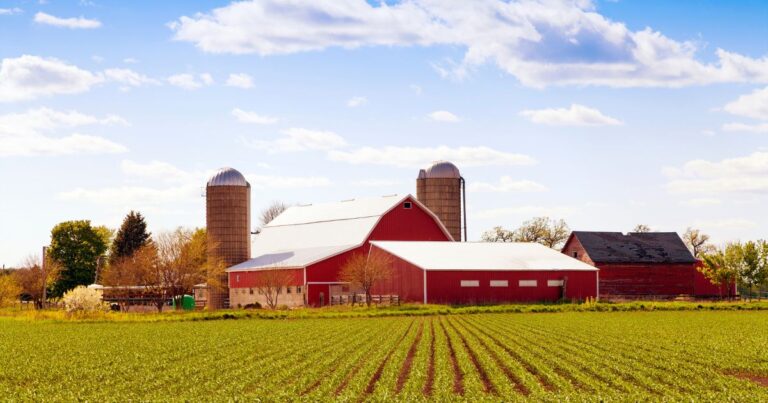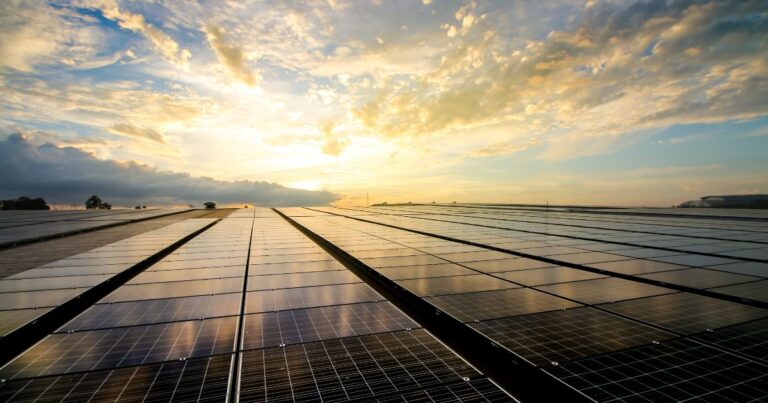3 Methods for Managing Stormwater in Cities
Very little of the ground’s surface area in urban environments absorbs rainwater. Instead, when it rains, stormwater accumulates and flows over the ground and collects pollutants, including trash and chemicals.
Polluted water can enter local waterways before treatment. Stormwater can also cause erosion and harm natural flood control barriers. Discover three methods for managing stormwater in cities.
1. Permeable Hardscapes
Permeable hardscaping is a green alternative to traditional, impervious surfaces. Stormwater can infiltrate driveways and sidewalks made with permeable pavement and sink to the ground below.
Permeable pavements reduce flooding and the formation of puddles on walkways. They improve stormwater management without sacrificing the functionality of impervious surfaces. People can walk, bicycle, drive, and more on municipal permeable hardscaping.
2. Wastewater and Stormwater Plumbing
Building and managing sewer infrastructure will help protect water. Municipalities can use either combined sewer systems or separate storm sewer systems to handle wastewater and stormwater.
Combined Sewer Systems
In a combined sewer system, a single pipe funnels wastewater?a mixture of used water and waste, sometimes called sewage?together with stormwater to the water treatment plant. During heavy rainstorms, the system gets filled with more water. But treatment facilities cannot handle more than twice their capacity.
To avoid damaging treatment plants, combined sewers discharge overflow into the city’s waterways. Combined sewer overflows (CFOs) can harm water quality because untreated sewage flows directly into the local waterway.
Separate Storm Sewer Systems
In a separate storm sewer system, pipes carry wastewater directly to the treatment plant, and different pipes for stormwater connect to local waterways. When stormwater picks up pollutants and brings them into waterways, environmental damage can occur.
Cities use a mix of combined and separate sewer systems to minimize harm to local waterways. For example, approximately 60 percent of New York City has a combined system, while the remaining 40 percent are separate. NYC’s standard sewer specifications help to ensure public health, protect local water, and prevent flooding.
3. Stormwater Harvesting
Collecting stormwater in cisterns or barrels is the third method for managing stormwater in cities. Cisterns are large tanks that can hold tens of thousands of gallons of water.
A study assessing the impact of urban stormwater use found that collected water had a range of safe uses. Homeowners and businesses can use the collected water for purposes such as landscape irrigation and toilet flushing. But in some cases, such as irrigating food crops, users should treat the water for contaminants to protect their health.






